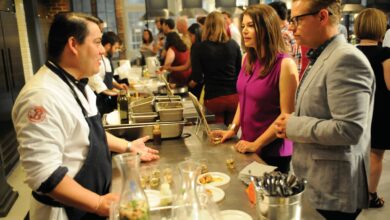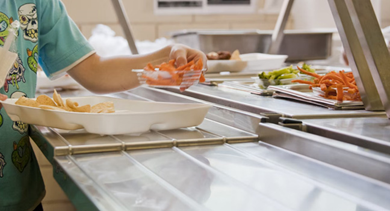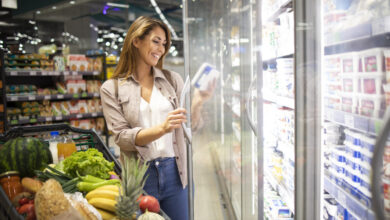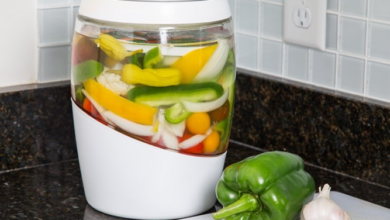4 Critical Tips for Improving Food Safety Standards in Your Restaurant
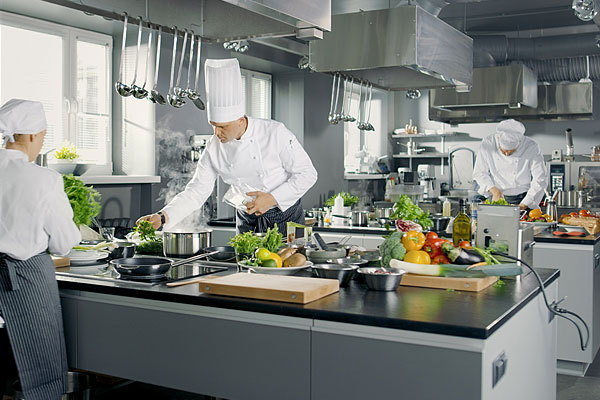
Restaurant operators are aware that they must follow health department requirements, but they are also mindful that a few negative internet reviews may significantly influence their reputation. A genuine or imagined foodborne illness is one of the most common claims made to hotel insurance providers and discussed on social media platforms.
Whether it’s a bacteria, an allergic reaction, or just something that didn’t sit well with a client, it’s easy to blame the foodservice business. The most effective way to combat this problem is to be aggressive with your food safety protocols and utilize food safety industry standards to keep consumers safe while also protecting your valued reputation. Listed below are numerous food safety guidelines to incorporate into the food safety program.
1. Priority one should be given to food safety.
The most crucial food safety guideline is to maintain all of your dishes at safe food temperatures, including keeping hot meals hot enough and frozen food cold enough. Maintaining optimal food safety temperatures is critical not just for food hygiene but also for meal quality. Health inspectors often visit restaurants to verify that all food served stays at the proper serving temperature.
If your food is not at the proper temperature as per food safety laws, you not only risk getting diners ill, but you may also be penalized by the health inspector. This will not only be expensive, but it may also harm your reputation. By preserving your food at appropriate temperatures, you may avoid costly penalties and sick consumers.
2. Install hand-washing stations for employees and customers.
Throughout each shift, your staff must wash their hands often. After serving or cleaning tables, using the toilet, eating, and taking breaks are important moments to wash hands. Conveniently situating hand-washing facilities in the kitchen, server stations, and restrooms may help reduce food contamination. Install hand sanitizing stations to maximize hygiene too.
3. Use the proper commercial kitchen equipment.
Where should supplies and ready meals be kept? Restaurant food safety begins with effective inventory management and the use of the appropriate cooking equipment. Guarantee that your commercial equipment is up to the task. Schedule routine maintenance to ensure refrigerators and freezers are chilling food products at proper degrees to keep foods fresh with excellent flavor and minimize waste.
4. Clean and disinfect all surfaces.
Germs move quickly. If you, one of your staff, or a client contacts an infected surface, bacteria may swiftly travel throughout the diner and to the served meals. You may avoid the transmission of hazardous germs by keeping every surface in your restaurant clean and disinfected.
Wipe off countertops regularly with a restaurant-safe cleaning disinfectant or diluted bleach. This should be done visibly on a frequent basis so that your consumers know you take cleaning and food safety seriously. It comprises dining tables, seats, washroom sinks, and all utensils.
Bottom line
Food safety must be your first goal if you own a food-related firm. Whether you own a restaurant or work as a wholesale food distributor, the quality of the food you offer is critical. You can avoid many concerns by setting up and following your restaurant’s food safety protocols.


